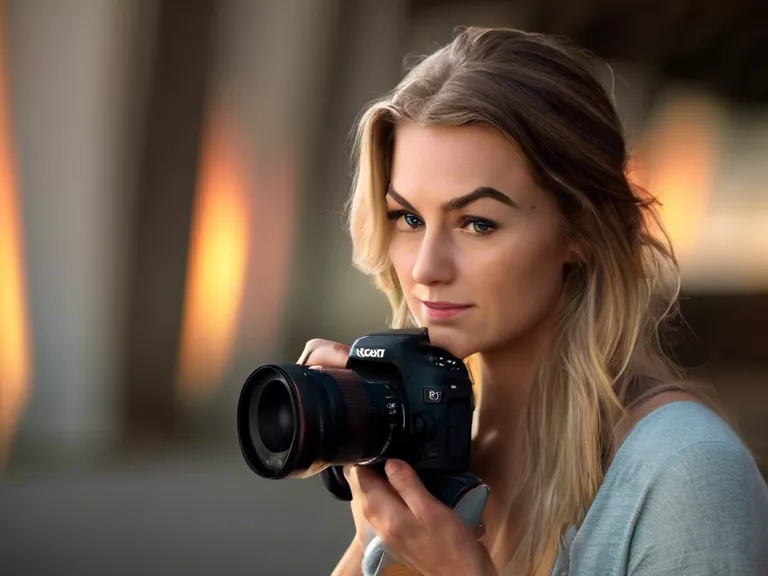
How to Master Low-Light Photography with Simple Adjustments
Low-light photography can be challenging, but with a few simple adjustments, you can take stunning photos even in dimly lit settings. Here are some tips to help you improve your low-light photography skills:
Use a Tripod: To avoid camera shake and blur in low-light conditions, a tripod is essential. This will help ensure your photos are sharp and clear, even with longer exposure times.
Adjust Your ISO: Increasing the ISO setting on your camera can help capture more light in dark environments. However, be cautious as high ISO settings can introduce noise to your photos. Experiment with different ISO levels to find the right balance.
Open Up Your Aperture: A wider aperture (lower f-stop number) lets in more light, making it easier to capture well-exposed photos in low-light situations. Keep in mind that a wider aperture also results in a shallower depth of field, so focus carefully on your subject.
Use Slow Shutter Speeds: In low-light conditions, you may need to use slower shutter speeds to allow more light into your camera. Be mindful of camera shake when using slow shutter speeds and consider using a remote shutter release or the camera's self-timer function.
Experiment with White Balance: Different light sources can cast different color tints in your photos. Adjusting the white balance settings on your camera can help correct these color casts and produce more accurate and pleasing images.
By incorporating these simple adjustments into your low-light photography workflow, you can elevate your photos to the next level, capturing memorable moments even in challenging lighting conditions.



